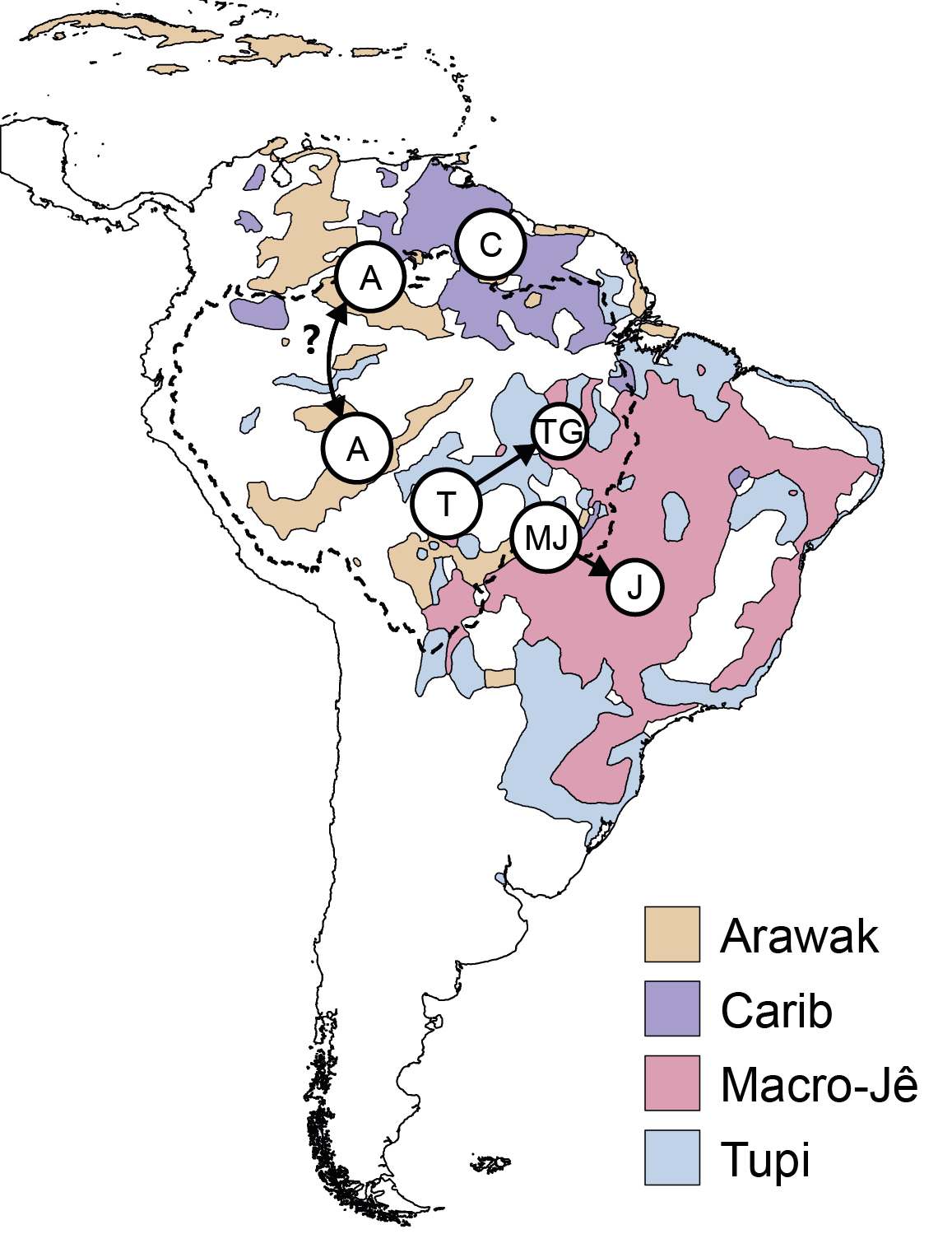How did climate change determine human diasporas in South America during the Holocene?
Jonas Gregorio de Souza, a Marie Curie researcher at the UPF Department of Humanities, is to carry out the project “Examining Pan-Neotropical Diasporas” over the next two years to answer this question.

This July, Jonas Gregorio de Souza, a Marie Curie researcher and member of the Complexity and Socio-Ecological Dynamics (CaSEs) Research Group of the Department of Humanities, has started to develop the ExPaND (Examining Pan-Neotropical Diasporas) research project.
Thanks to a grant of some 160,000 euros as part of the 2018 call for European Commission individual Marie Sklodovska-Curie grants, Jonas Gregorio de Souza is to carry out his project at the University over the next two years under the supervision of Marco Madella, UPF-ICREA research professor and head of the CaSEs research group.
The ExPaND (Examining Pan-Neotropical Diasporas) project integrates archaeology, paleoecology and computer modelling to verify the role of climate change on the spread of farmers from tropical rainforests outside the Amazon during the late Holocene. “My research aims to compile archaeological and paleoecological data that I will use to model the cultural expansion and reconstruct changes in land cover”, says Jonas Gregorio de Souza.
Studying the relationship between climate change and human migration based on computational modelling
The expansion of farmers and their languages was a key process in shaping cultural and linguistic geographies worldwide during this geological period. Many such expansions have been recently shown to coincide with periods of climate change, which would have offered both opportunities and setbacks for human migration.
South America offers a perfect case study, with the main cultural diasporas that occur in the last 5,000 years, a period of increased precipitation and expansion of the forests, as documented in paleoclimatic and paleoecological records.
Jonas Gregorio de Souza says that “the results of the research will allow an initial assessment of the time, the pace and the routes of expansion of archaeological cultures in the lowlands of South America, as well as the spatial gradient of changes in vegetation induced by climate during the late Holocene”.
Finally, through agent-based modelling (ABM), the project will simulate scenarios of human migration in the Neotropics with a dynamic environmental background.
In this regard, different models will be generated to find the best fit to the empirical archaeological data that will allow assessing of the role of climate change on human dispersions in South America.
